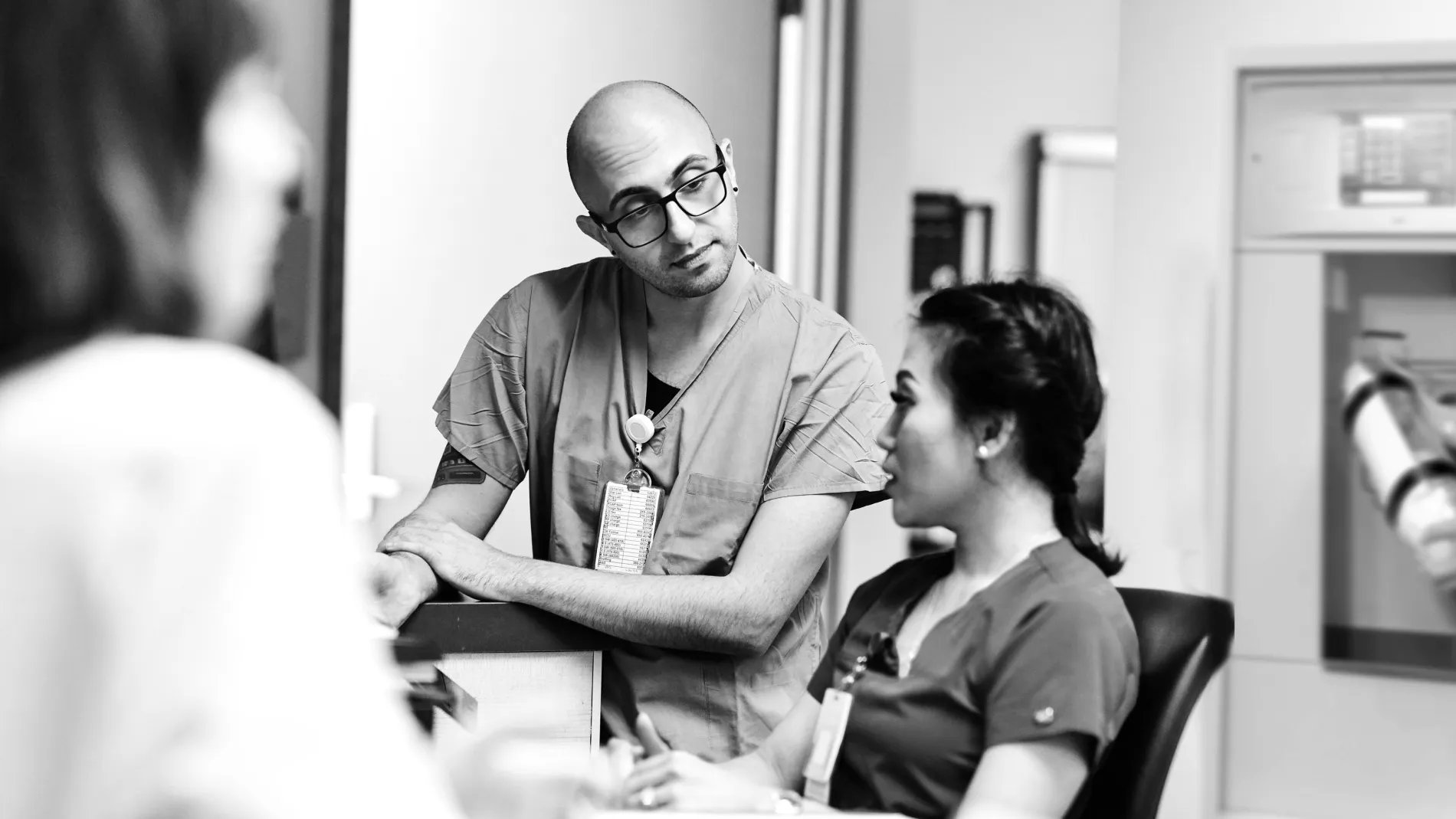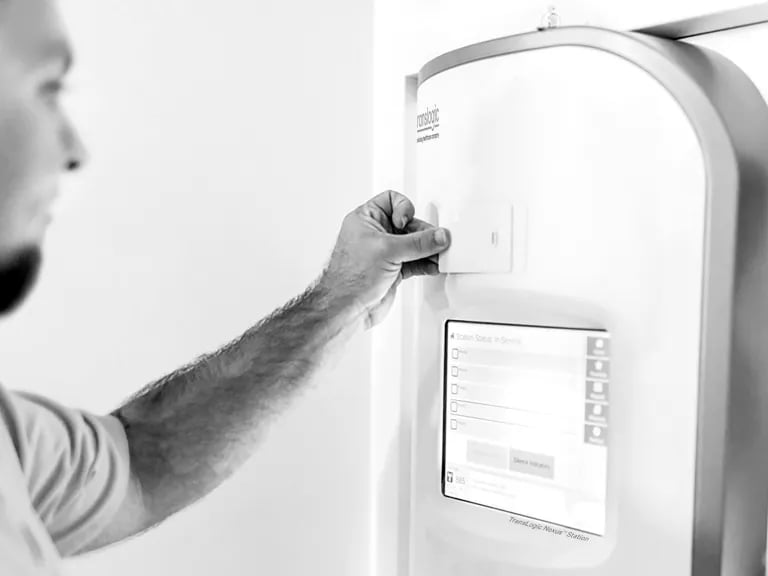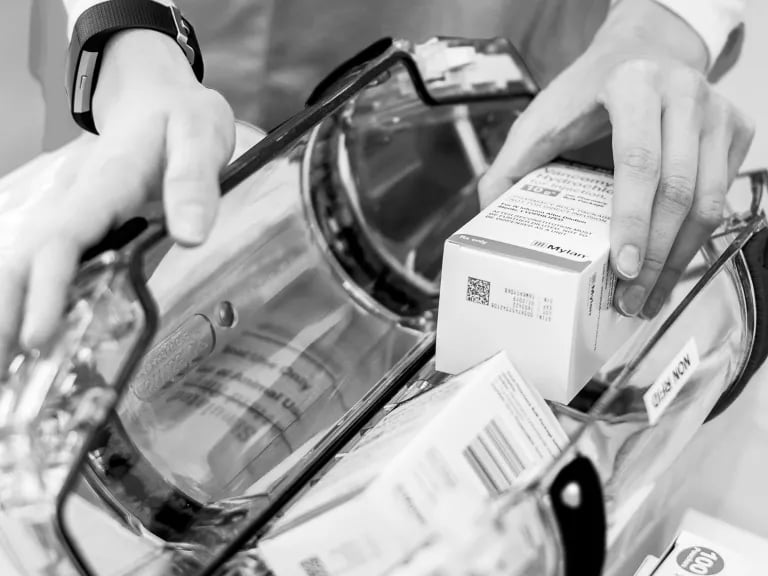
- Home
- Industry Thought Leaders
- Case Study: Emory University Hospital
Case Study: Emory University Hospital
Emory University Hospital has been named one of US News and World Report’s “America’s Best Hospitals” for several years. Emory University Hospital is a 635-bed facility and is the only multiple-organ transplant center in the state of Georgia. The hospital is located on the Emory University campus in northeast Atlanta. The hospital is also the largest transplant center in Georgia and one of the most diversified in the Southeast, offering heart, heart-lung, kidney, liver, pancreas-kidney, cornea, bone and bone marrow transplants.
Emory University Hospital services more than 100,000 patients annually with 47% of the regional inpatient market share and 22% outpatient market share.
The Challenge
As the facility grew, the ability of its medical professionals to do their jobs efficiently became more difficult. Patient care departments were located more remotely from the supporting ancillary departments than ever before. Longer turnaround times for laboratory tests and pharmaceutical requests were the result. Initially, the hospital had elected to revitalize the existing 1940’s vintage Brushomatic pneumatic tube system that had been shut down for several years. The lack of reliability and accountability of the antiquated tube system proved it to be unacceptable for the transport needs of the facility, and an expensive messenger staff had to be maintained.
With the addition of the new “E” wing, the staff had to evaluate the material handling options for the new area.
Four material transport choices were considered:
- Expand the existing tube system
- Operate a mixed system and purchase a new generation tube system for the expansion areas only
- The complete conversion to a new tube system
- Invest in additional staff to manually
The Solution

After extensive evaluation, Emory determined that investing in a new tube system was the smartest option. They were shown how they could recapture a portion of their original investment through use of the old system’s existing steel tubing.
The next consideration was vendor selection. The Emory team closely examined manufacturer track records, experience in complex healthcare environments, system reliability and service capability, which were all key to earning employee confidence and realizing the projected cost savings. Emory selected TransLogic™ to install 70 stations in two phases and additional stations in a 65,000 square-foot “H” wing of the hospital.
Associate Hospital Director, Emory University HospitalWe have reduced our messenger staff by about 75%, or 12 FTEs, while increasing our efficiency.
Measures of Success
After installation, the TransLogic pneumatic tube system processed 2,300 transactions per day. This figure increased to 3,000 per day after the additional stations came on-line. The tube system used to automate a wide variety of tasks.
Nursing uses the system to send:
- Medication orders
- Dietary menus
- Specimens
- Transfer paperwork between units as patients change locations
- Distribution of materials for charting, such as radiology reports
Four decentralized pharmacies, an IV stockroom, one central pharmacy stockroom and administrative areas make up the physical pharmacy system at Emory. Each of the six locations has a station which enables them to send carriers to each other, be resupplied on-demand from a stockroom and send medications to other units.
Procedures that assure adherence to infection control standards have been developed allowing the laboratory to use the system to improve turnaround time for both STAT and routine requests.
At this point, Emory has a fully integrated material distribution system.
Conclusion
Since the original installation of their Translogic tube system including the 4-inch CTS-30 configuration, Emory University Hospital has upgraded 53 stations with new panels, and 20 stations have been upgraded to state of the art stations.
The TransLogic pneumatic tube system designed for Emory University Hospital delivered on all of the targeted outcomes.
Results include:
- Messenger service staff has been reduced by about 75 percent, or 12 FTEs, while increasing efficiency.
- Energy costs have also been substantially reduced and repeated on an annual basis.
TransLogic is more than a tube system – it’s a foundational part of the a hospital’s critical infrastructure.

Talk to our experts
Contact our knowledgeable specialists to discover how our range of automation solutions can boost efficiency, reduce costs and enhance care at your healthcare facility.
Contact us